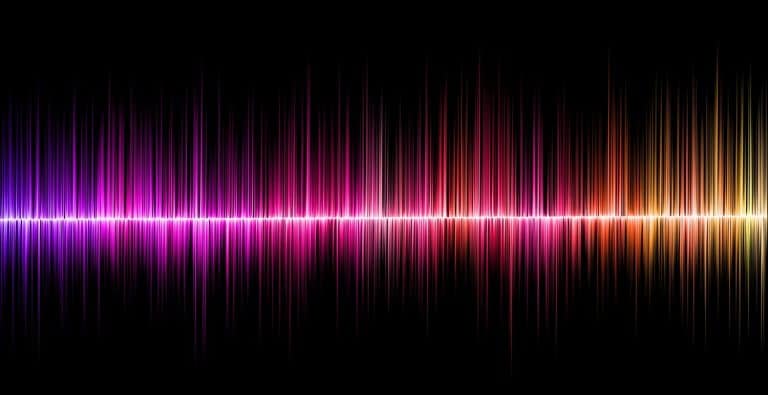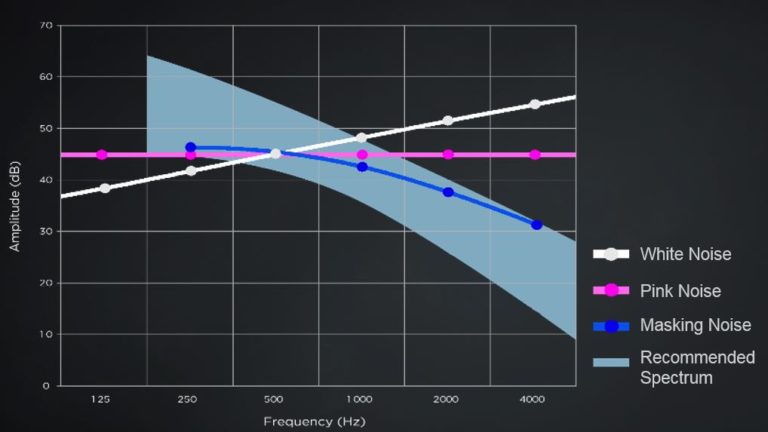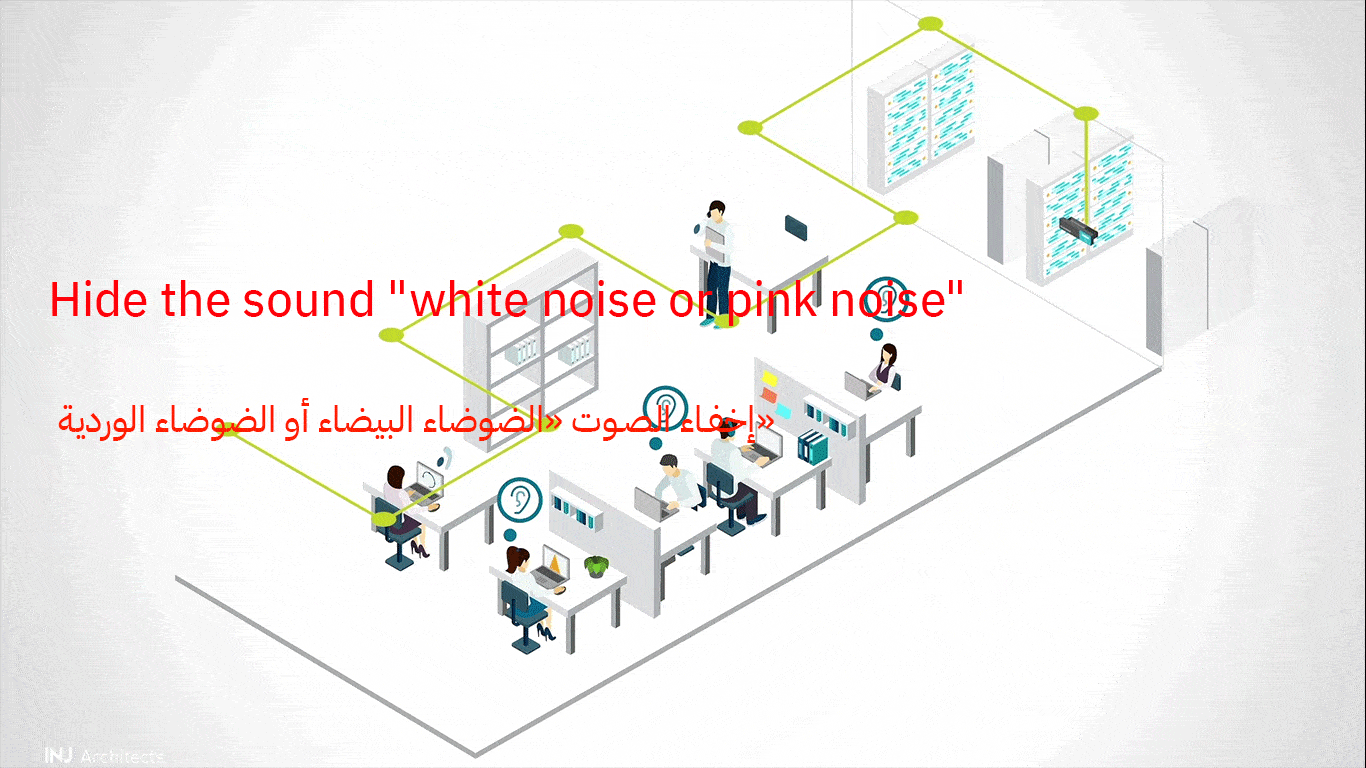Hide the sound “white noise or pink noise”
-
Hide the sound “white noise or pink noise”
Hide sound: is to add sound generated in the background to hide unwanted sound to be heard.
Often referred to as “white noise” or “pink noise” this signal is considered imprecise.
Sound masking reduces or eliminates sound perception but is not an active noise control.
Noise canceling technology is being promoted as a large-scale application for a whole area so as to improve acoustic satisfaction,
by improving acoustic privacy of a space, which improves one’s ability to focus and productivity.
Sound masking is a reliable, consistent and accurate solution for controlling background sound as you build a specific environment,
and there is a significant but misplaced bias towards background sound (as opposed to background noise).
The acoustic satisfaction of a space cannot be guaranteed without considering each of the three basic parameters of architectural acoustic design,
-
Which is known as the “alphabet” of architectural acoustics
- Absorption: Adequate but not excess absorption in the built environment.
- For screening: adequate insulation of the built environment.
- To control: control background volume levels in the built environment.
Certainly, there is no single technology effective in processing every audio transmission path (direct, reflex, diffraction, transmission) and it varies in performance on a case-by-case basis.
You May Like: Modern smart cities
-
Reducing discomfort and distraction
Voice masking can be used to reduce the impression of an interfering voice, and to improve audio privacy, which is used in tandem with speech privacy.
However, a fundamental misconception exists in propagating a phonemic system while addressing areas where there is a failure to appreciate the difference between perception of privacy and speech idiosyncrasy.
Sound masking systems are often relied on as the basis for a design with either a sound transmission class (STC, supported by ASTM E336),
or a noise isolation class (NIC, supported by ASTM E336) to ensure an adequate level of privacy between adjacent rooms.
Various organizations (ASTM, ASA / ANSI, GBI, LEED, ASHRAE, WELL, etc.) define unique categories to distinguish acoustic zones with a purpose or function.

-
Typical Classifications
Open office plans: Open desks are either so quiet that placing a pen in the next cabin is a distraction,
or so noisy that it makes other people’s conversations in the office impossible to concentrate.
In this case, open offices benefit from sound masking because the added sound covers the sounds in the area – making workers less distracted and more productive.
Often private offices and other closed spaces seem to provide privacy but in reality they do not.
Often times the walls are lightweight and do not extend to the ceiling surface but only to the ceiling tiles.
Sound can be transmitted easily through barriers or walls, and sound masking technology can be provided in adjacent private offices,
or in corridors outside private offices, to ensure the confidentiality of conversations.

In public places, voice masking is useful for reception areas, pharmacies, waiting rooms, and financial institutions.
Voice masking is provided in an area where conversations should not be heard – not necessarily in the area where the conversation is taking place.
For example, in a psychiatrist’s office, sound masking is provided in the waiting area,
so that those sitting in the waiting room cannot hear a private conversation with a patient.
The Hidden Sound Spectrum is created to be comfortable and high in volume to aid acoustic privacy in a built and busy environment,
and can be used as a noise control solution and to mask unwanted noises such as choppy sound from machines.
Audio masking seeks to reduce the clarity of sound from the source by reducing the signal-to-noise ratio,
and is an effective solution for enhancing compliance with HIPAA and GLBA regulations.
The cloaking sound produced by the electro-acoustic system may also be malfunctioning if the sound masking system is improperly designed,
incorrectly commissioned, or is not verified by a professional acoustic professional.
-
External applications
Sound masking has been successfully installed in a number of cases for outdoor applications.
A large artificial waterfall has been constructed as part of the outdoor garden of an urban hotel in Santa Rosa, California.
The waterfall cascades down a wide wall about four meters high and acts both to mask the sound and as a physical barrier to road noise.

-
Sound suppression systems
In the plenum, the plenum is the space between the “suspended” ceiling and the upper floor of the floor.
In-Plenum acoustic masking systems, which use a network of loudspeakers, are located entirely within the completed hall,
and are the first systems to be developed and have been in use since the 1960s.
Plenum based amplifiers are typically 4 to 10 inches in diameter and generally point up towards the top surface,
to reflect the sound from the amplifiers to expand the footprint of the speaker in the work area.
This enhances the delivery of sound spatially uniformly, reducing the perception of directivity.

